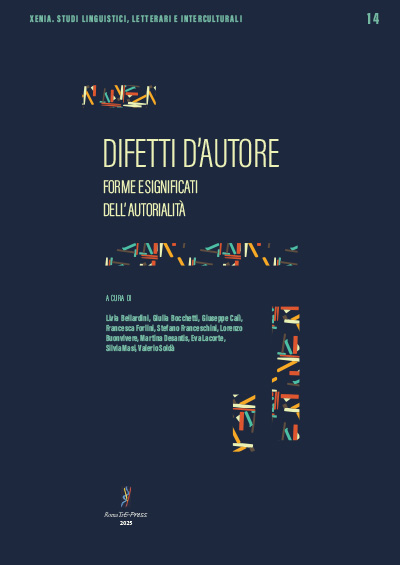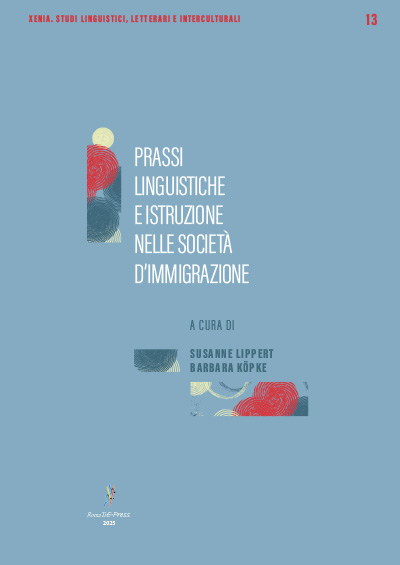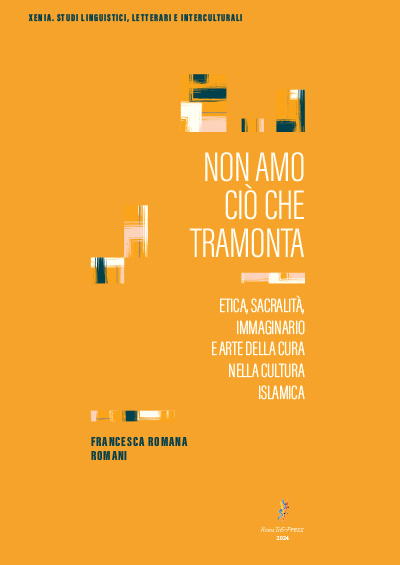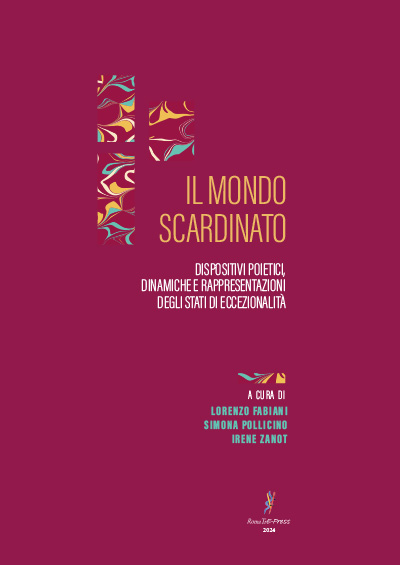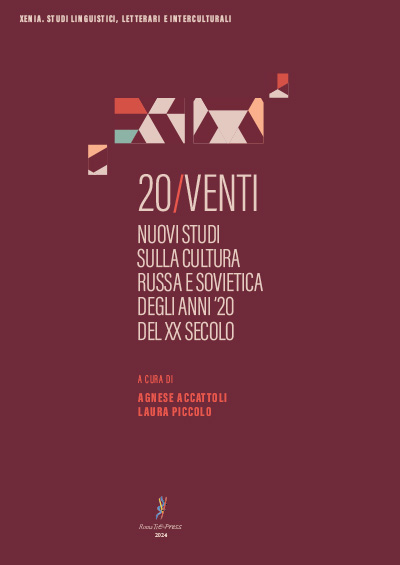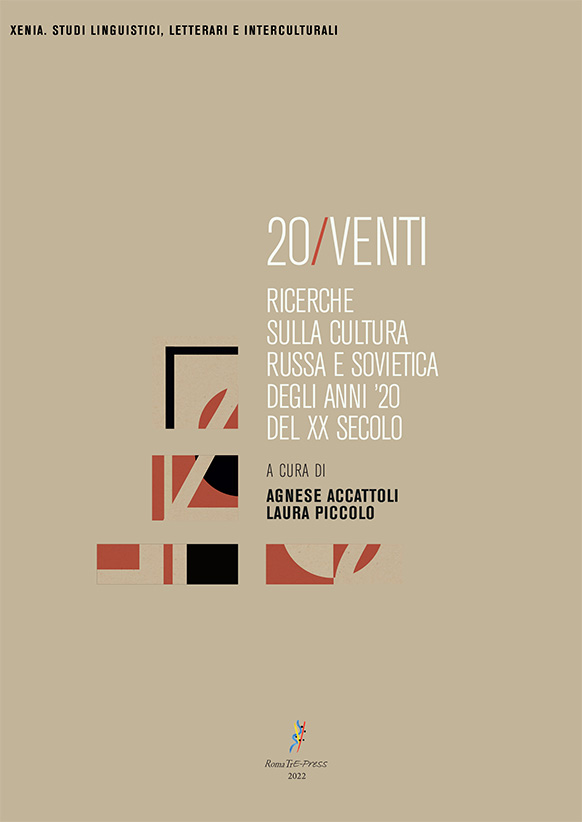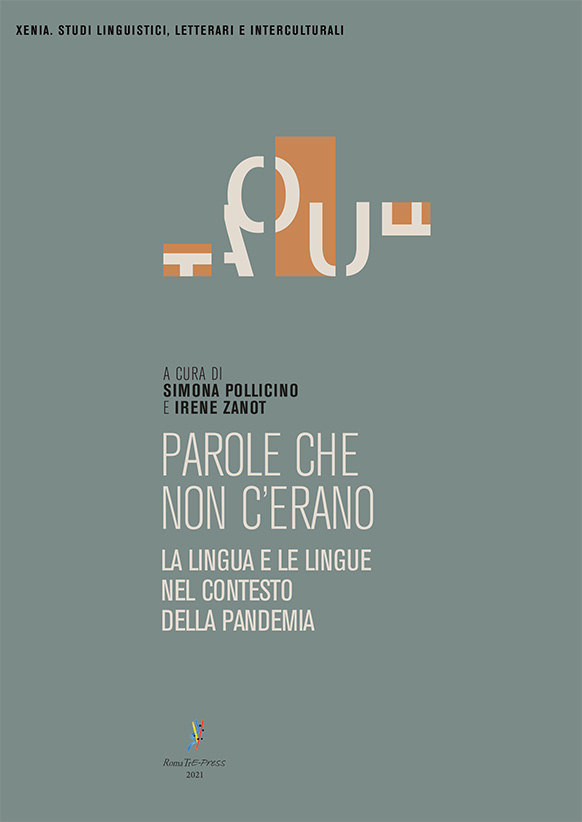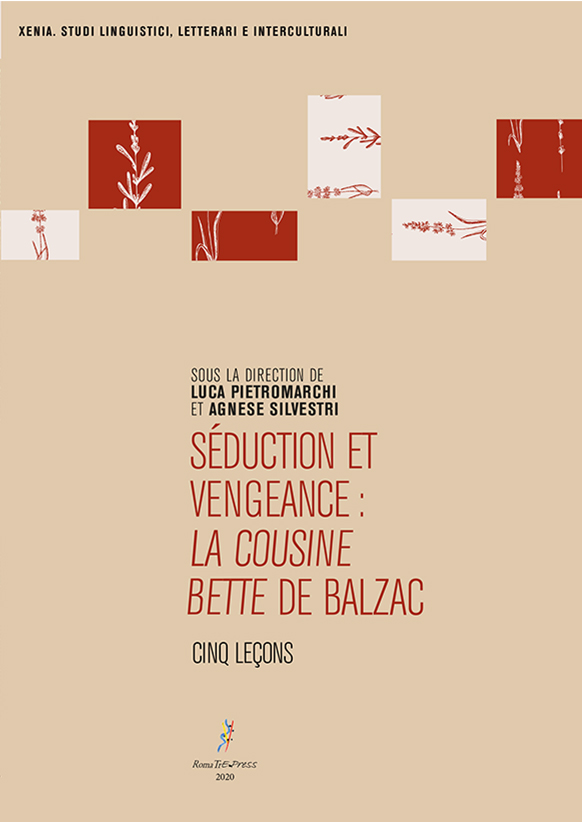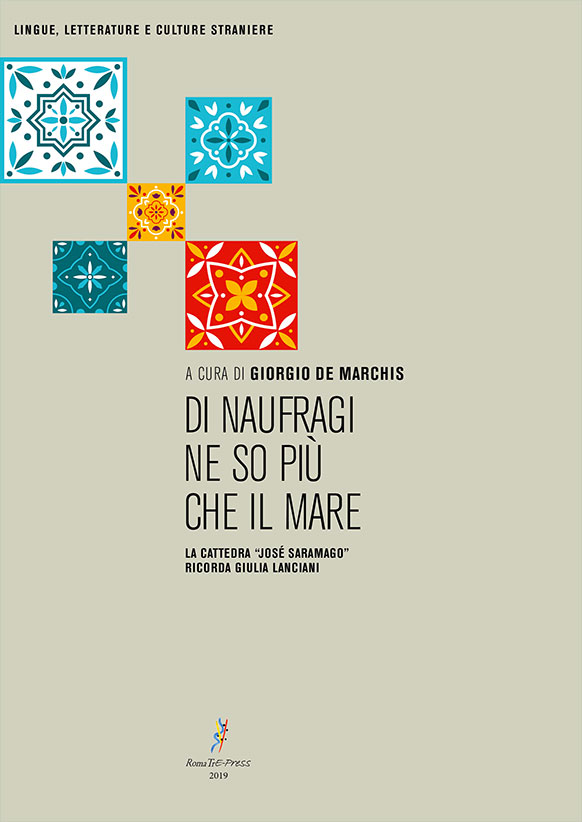Il gesto tenace e sovversivo delle donne. Séverine e i lavis di Colette Deblé
Bruna Donatelli
L’articolo si propone di rendere omaggio a due straordinarie donne, la prima Caroline Rémy Guebhard, più nota con lo pseudonimo di Séverine, pioniera del giornalismo femminile d’investigazione, libertaria, pacifista e femminista, vissuta tra la seconda metà del XIX secolo e il primo trentennio del XX secolo, un’epoca che non concedeva grande spazio alle donne, e l’altra, Colette Deblé, artista contemporanea di fama internazionale che da oltre un trentennio intende restituire al ritratto femminile, raffigurato nell’arte, la sua essenza originaria. Lo fa tramite la tecnica del lavis le cui colature impregnano il modello pittorico originario dal quale sottrae tutto ciò che è proprio dello sguardo dell’artista, in genere uno sguardo al maschile, mantenendo però di quel ritratto un gesto, una postura e soprattutto i contorni. Qual è il legame sotterraneo che si instaura tra queste due donne vissute in epoche e in ambiti culturali così differenti? La libertà di pensiero e l’audacia dei loro gesti. L’iconicità di Séverine, cristallizzata nei giornali, nelle fotografie e nei dipinti dell’epoca, offre a Colette Deblé l’occasione per sottrarre la sua effigie alla pietrificazione del «ça a été» barthesiano e restituirla alla sua volatile e originaria leggerezza. In questa rigenerazione, giocano un ruolo fondamentale le variazioni policromatiche di cui sono impregnati i lavis. Gli accostamenti dei loro colori, declinati sempre diversamente, cadenzano una narrazione fatta di frammenti, destinata ad alimentarsi della percezione visiva dello spettatore che, con il proprio sguardo, garantisce al ritratto rigenerato uno spazio di ininterrotta germinazione.
This contribution focuses on two extraordinary women, on the one hand Caroline Rémy Guebhard, better known under the pseudonym Séverine (1855-1929), a pioneer in female investigative journalism, libertarian, pacifist and feminist, at a time when women had little room for manoeuvre; on the other hand Colette Deblé, an internationally renowned contemporary artist, who over the past three decades has dedicated herself to restoring the female portrait, as represented in art, to its original essence. Deblé applies the technique of lavis (wash), where the ink imbues the original pictorial model and removes all that belongs specifically to the artist’s gaze, generally a male gaze, while preserving a gesture, a posture and above all the outline of the original portrait. What is the underlying connection between these two women, apparently belonging to such different ages and cultural contexts? The freedom of thought and the audacity of their actions. Séverine’s iconicity, fixed in the newspapers, photographs and paintings of her time, offers Colette Deblé the opportunity to rescue her image from its Barthesian, «ça a été» frozen condition and to return it to its nimble and original lightness. In this act of regeneration a fundamental role is played by the polychromatic variations which imbue the lavis. The ever changing juxtapositions of different hues punctuate a fragmented narrative nourished by the visual perception of the spectator who, with his or her gaze, offers the regenerated portrait the opportunity for a process of ongoing rebirth.
DOI: 10.13134/979-12-5977-452-1/22





